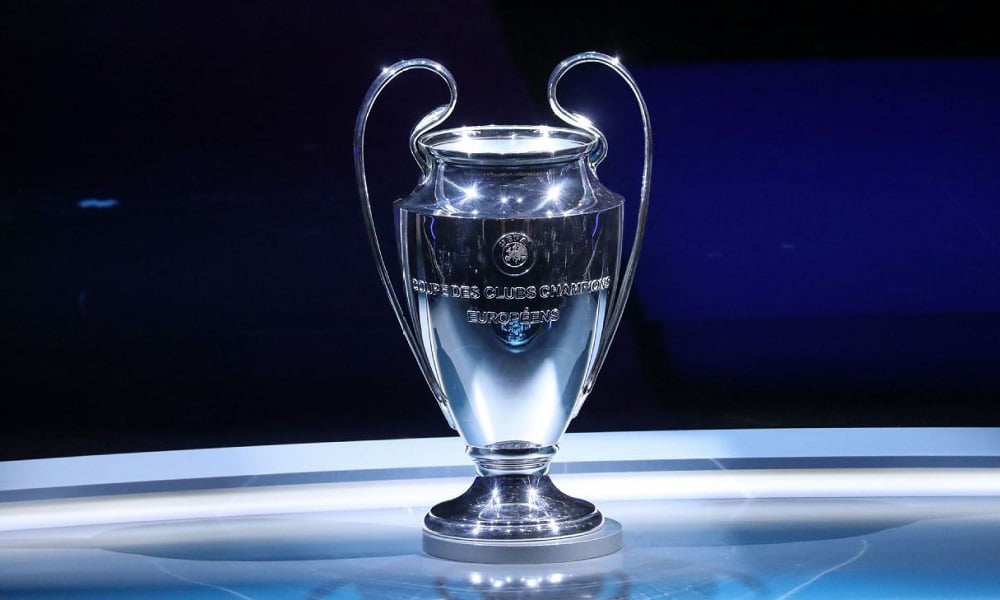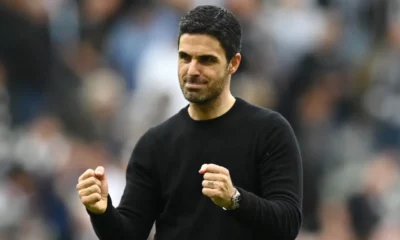Features
How the New Champions League Format Will Work: All You Need to Know
UEFA has confirmed that the Champions League will be a 36-team competition. So what does it mean for the competition? Let’s explore.
For football fans worldwide, it will be exciting news that the UEFA Champions League format will change in the next season. This year’s tournament will be the last time we see 16 teams participating in Europe’s biggest club football tournament.
UEFA has confirmed that the Champions League will be a 36-team competition. So what does it mean for the competition? Are we looking at more competitive games? Who gets picked to go to the main draw? Let’s explore.
What’s the difference?
The primary difference in the competition will be the number of teams. Only fans from 16 teams could witness their teams compete in the Champions League for all these years. But come next season, 36 teams will get the opportunity.
Single League Table: Unlike the current format, where 32 clubs are divided into eight groups, in the new format, all 36 clubs will be in a single league.
This format will mean that every club will play each other rather than getting grouped into smaller pools.
There will be a draw at the start of the season, but it will be to understand the flow of the fixtures. Each club will play eight games, four at their home stadium and four away.
The New Changes
The upcoming changes to the UEFA Champions League format include the following key points:
Team Allocation
The 36 participating teams are divided into four pots of nine teams each. Pot 1 will consist of the titleholders of the UEFA Champions League and the eight clubs with the best coefficients.
The top domestic leagues’ champions will not be prioritized for Pot 1 in the draw.
Pots 2 to 4 will be based on the club coefficient.
Fixtures
As per the new format, a club will be drawn to play two teams from each pot, with a home game and a single away game against these teams.
This means clubs in Pot 1 will play against two other teams in the same pot.
Generally, clubs from the same nation will not be drawn together. But with leagues having four or more teams, such as the Premier League, the clubs may play one match against each other.
Round of 16
After the league stage, the top 8 teams will go directly to the Round of 16.
Clubs in the positions of 9-25 will play a playoff to determine the last eight places in the Round of 16. Clubs that finish below 25 will be eliminated.
No Europa League drop down
Unlike the current format, where the clubs eliminated from the group stages get a lifeline in the Europa League, the new format will not drop down to the UEFA Europa League. Once eliminated, it will be the end of their European campaign.
For many fans of the second-tier teams in the Champions League who don’t make it to the knockout stages, the Europa League was a lifeline for more competitive action, with fans proactively busy on reseller platforms such as Seatsnet for tickets.
But this will not be the case here on.
Single Knockout Round
In contrast to the multiple draws, there will be only one knockout round draw for the round of 16 and beyond. There will be no second draw, and it will be seeded according to how the teams will finish in the league table.
Why is it happening?
Why is UEFA taking such a drastic step for an already successful competition?
The answer lies in its success.
More games at a Champions League level would mean more broadcasting revenue. Broadcasting revenue is one of the primary sources of income for UEFA, and with more air time, there is more opportunity for advertisers.
With more clubs involved, it means that there are more options for ticketing revenue. According to Seatsnet, one of the trusted resellers for football tickets, the Champions League is one of the most demanded tournament tickets, and having more matches will help cater to the fans.
Top Club Interests
The bigger clubs of Europe significantly influence the decisions regarding the Champions League format. They want to play more meaningful games against their top rivals, and the new structure is designed to create these matchups at an earlier stage in the competition.
More often than not, the chances of seeing two heavyweights in Europe clashing, such as Manchester City and Real Madrid, will be slim. When higher-rated teams in Europe play each other, the organizers’ chances of generating revenue also increase. This added revenue finally results in a higher revenue payout for the clubs.
Usually, the top ranked clubs also bring higher ticket sales, adds reseller platform, Seatsnet.
But in this format, there will be assurance there will be quite a few top-team clashes. These clashes attract more viewership and result in higher revenue and ticket sales from official and reseller platforms such as Seatsnet.
Increase in Games
Regarding the question about more games, the original plan proposed in 2021 would have significantly increased the number of games, with each team playing 10 group stage matches. However, this plan has been scaled back to eight group-stage fixtures per team, resulting in 189 games in the season.
This expansion still requires two extra matchdays for the group stage, and the group stage will now conclude at the end of January instead of in December.
The Champions League will follow the “Swiss Model,” a slightly different outlier from the traditional group stage format, which will benefit a tournament of this nature.
In the Swiss model, all participating clubs are placed into a single table based on points and goal difference, similar to a league format. This differs from the current system, where teams are drawn into eight groups.
The Swiss model is inspired by the Swiss-system tournament used in chess, where teams do not play against all other teams.
Similarly, in the Champions League, all group-stage fixtures are determined at the beginning of the season, but the matches are based on the overall standings in the table.
This format aims to create more competitive and balanced matchups throughout the tournament. It has been used in other football competitions, such as the Concacaf Nations League qualifying competition, to manage many participants.






















